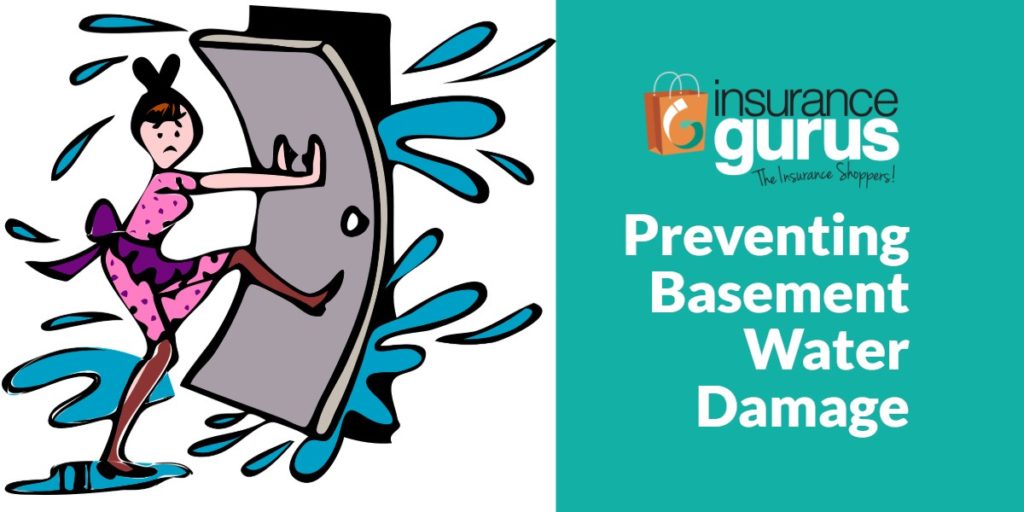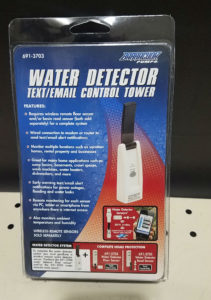Is damage caused by rioting covered by insurance?
Images of burning buildings and vehicles are dominating the news lately as some protests have turned violent. Many may wonder who pays for the damage caused by rioting and civil unrest. Can your auto or homeowners insurance cover the damage? Is it covered the same as vandalism or other criminal activity?
The short answer is yes. Insurance can cover your losses, less your deductible, subject to the terms and conditions of your policy of course.
On a “standard” personal auto policy, your vehicle’s comprehensive coverage covers damage caused by riot and civil unrest, just is it does for vandalism or theft. The “standard” homeowners policy (HO3) is an open peril policy, meaning it covers all types of loss to your dwelling expect for those that are specifically excluded in the policy. For example, flood and earth quake losses are excluded (not covered) in most homeowner policies. As long as riot or civil unrest isn’t excluded, and it usually isn’t, your loss should be covered.
Note that your personal property, things like furniture, clothing, electronics, etc. are generally not open peril, but named peril coverage. That means only perils which are named in the policy are covered. Although riot and civil unrest is often a named peril. Check your policy to be sure. Like auto insurance, your homeowner’s deductible will apply, which is usually at least $1,000.
Why the need for the disclaimer, “subject to the terms and conditions of your policy”? In order for any loss to be covered it must not violate any of the terms and conditions. This can include prompt reporting of the loss and it was accidental, not intentionally nor invited by the insured. The insured has an obligation to mitigate losses by taking reasonable measures to protect their property. For example, if a storm tears a hole in your roof you should have it tarped as soon as possible to mitigate any additional damage from rain. This doesn’t mean of course, you need to put yourself in harm’s way.
Hopefully, this helps give you a general idea of how it works. Contact Ed at Insurance Gurus for specific questions about your own circumstances.
Posted in: Insurance Tips
Leave a Comment (0) →


